Luke Lucas
GalaxAI: Machine learning toolbox for interpretable analysis of spacecraft telemetry data
Aug 09, 2021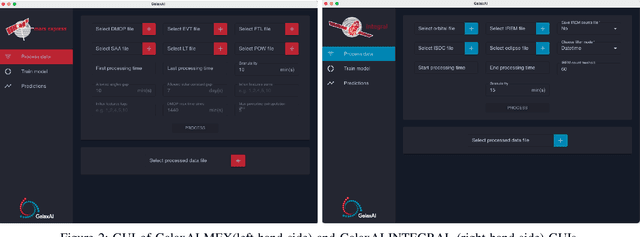
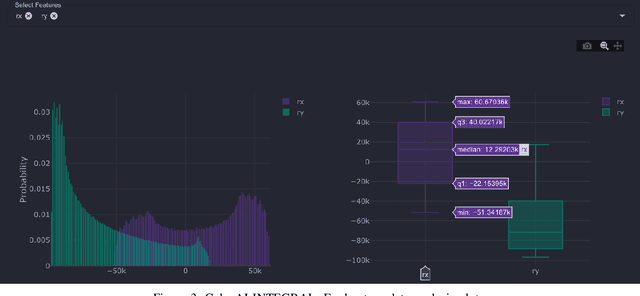
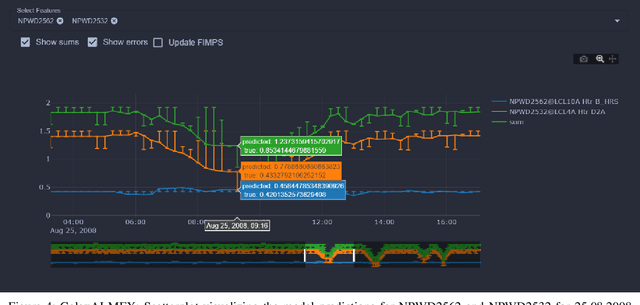
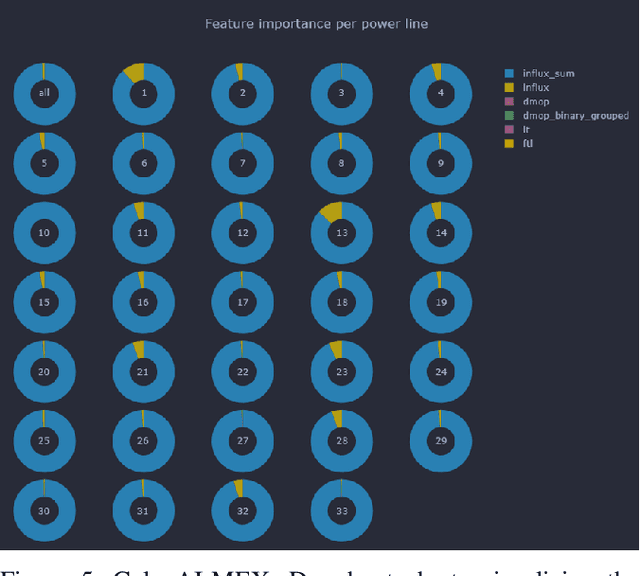
Abstract:We present GalaxAI - a versatile machine learning toolbox for efficient and interpretable end-to-end analysis of spacecraft telemetry data. GalaxAI employs various machine learning algorithms for multivariate time series analyses, classification, regression and structured output prediction, capable of handling high-throughput heterogeneous data. These methods allow for the construction of robust and accurate predictive models, that are in turn applied to different tasks of spacecraft monitoring and operations planning. More importantly, besides the accurate building of models, GalaxAI implements a visualisation layer, providing mission specialists and operators with a full, detailed and interpretable view of the data analysis process. We show the utility and versatility of GalaxAI on two use-cases concerning two different spacecraft: i) analysis and planning of Mars Express thermal power consumption and ii) predicting of INTEGRAL's crossings through Van Allen belts.
Discovering outliers in the Mars Express thermal power consumption patterns
Aug 04, 2021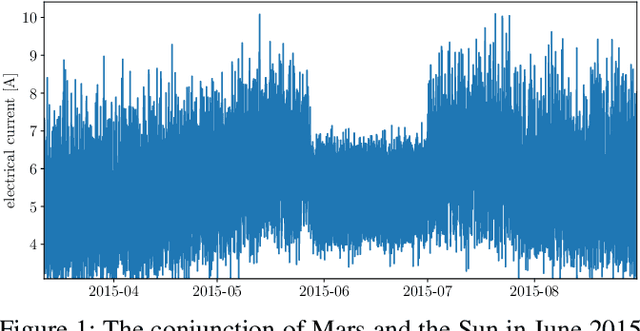
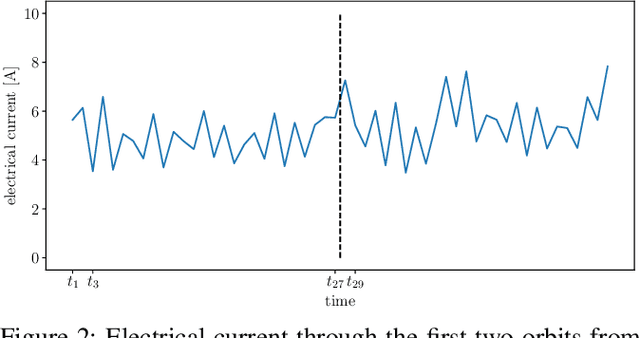
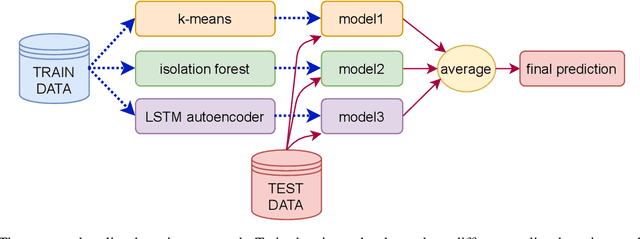

Abstract:The Mars Express (MEX) spacecraft has been orbiting Mars since 2004. The operators need to constantly monitor its behavior and handle sporadic deviations (outliers) from the expected patterns of measurements of quantities that the satellite is sending to Earth. In this paper, we analyze the patterns of the electrical power consumption of MEX's thermal subsystem, that maintains the spacecraft's temperature at the desired level. The consumption is not constant, but should be roughly periodic in the short term, with the period that corresponds to one orbit around Mars. By using long short-term memory neural networks, we show that the consumption pattern is more irregular than expected, and successfully detect such irregularities, opening possibility for automatic outlier detection on MEX in the future.
Machine learning for predicting thermal power consumption of the Mars Express Spacecraft
Sep 03, 2018
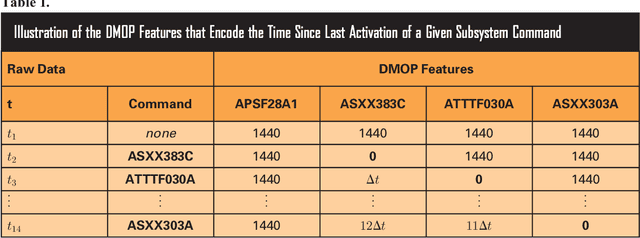

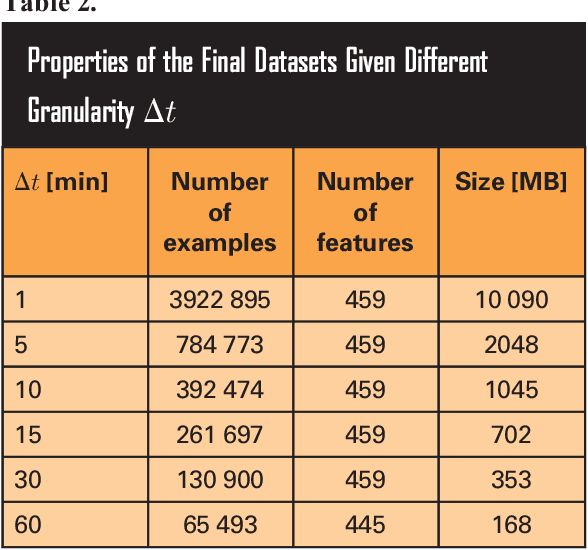
Abstract:The thermal subsystem of the Mars Express (MEX) spacecraft keeps the on-board equipment within its pre-defined operating temperatures range. To plan and optimize the scientific operations of MEX, its operators need to estimate in advance, as accurately as possible, the power consumption of the thermal subsystem. The remaining power can then be allocated for scientific purposes. We present a machine learning pipeline for efficiently constructing accurate predictive models for predicting the power of the thermal subsystem on board MEX. In particular, we employ state-of-the-art feature engineering approaches for transforming raw telemetry data, in turn used for constructing accurate models with different state-of-the-art machine learning methods. We show that the proposed pipeline considerably improve our previous (competition-winning) work in terms of time efficiency and predictive performance. Moreover, while achieving superior predictive performance, the constructed models also provide important insight into the spacecraft's behavior, allowing for further analyses and optimal planning of MEX's operation.
 Add to Chrome
Add to Chrome Add to Firefox
Add to Firefox Add to Edge
Add to Edge